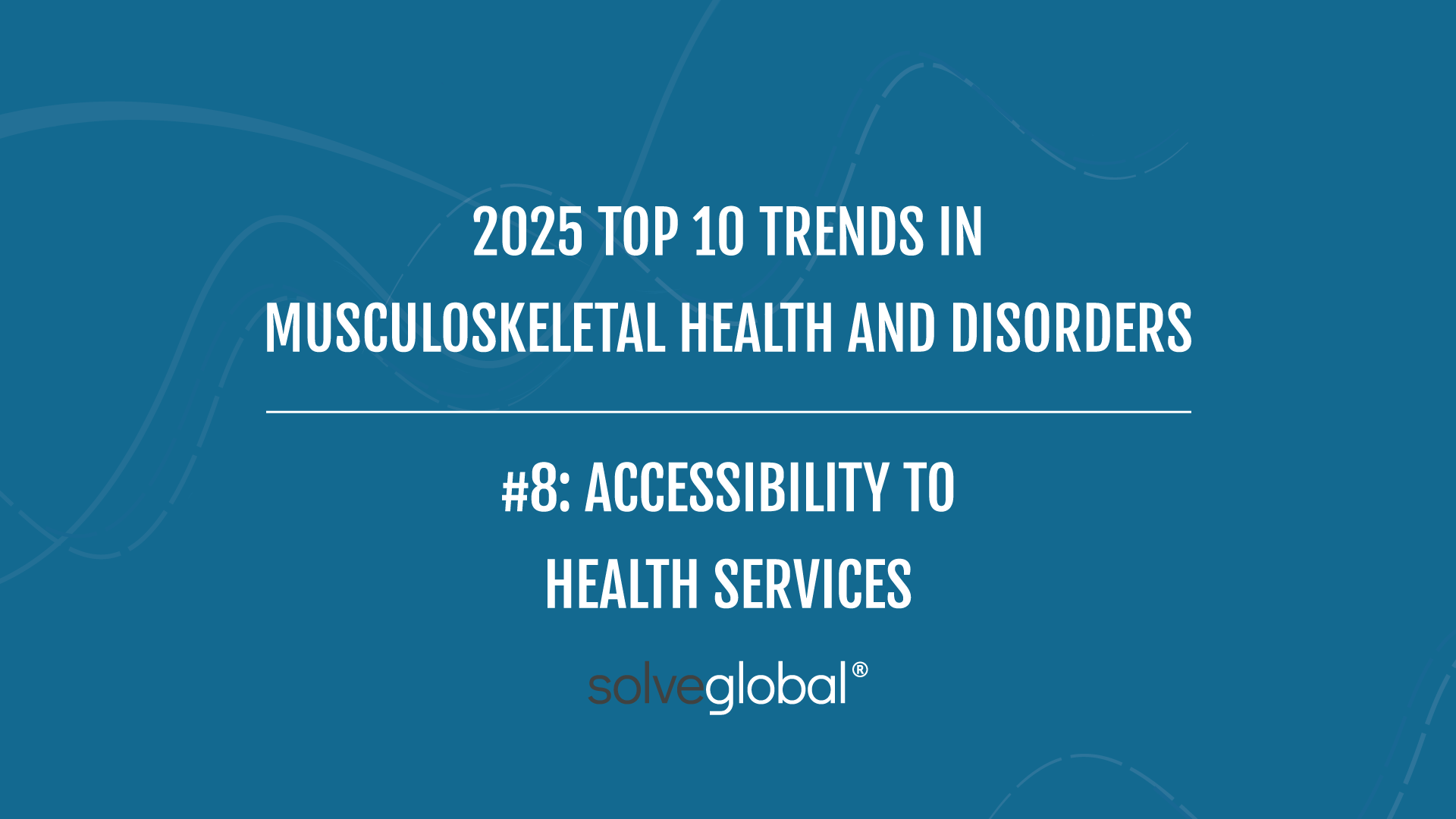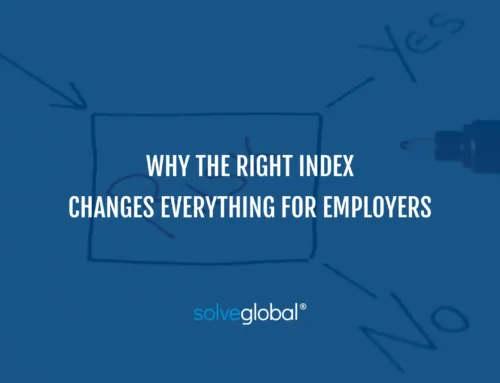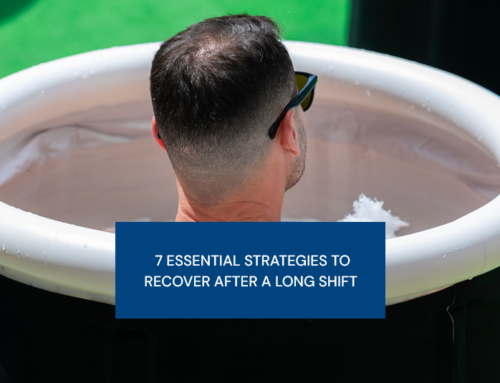5 Major Barriers to Healthcare Access
When you think about having a medical emergency, a few things may cross your mind: How far is my nearest ER? How long will it take me to get there? How quickly can an ambulance come? Will I get proper care? And maybe even, what will this cost me?
So many people avoid receiving care because of these barriers- at every level of healthcare. Many put off early intervention for medical and functional problems because of barriers to access. The most common being location, finances, time of care, transportation, and systematic barriers.
Location
Imagine someone who lives in the middle of the forest or in a rural community starts feeling chest pain. The nearest hospital is over an hour away, and, if they are alone, they will have to wait for EMS services to find where they live. And, in rural places, phone service is spotty at best.
In emergency situations, location matters. When in trying to receive adequate care for non-emergent or non-medical conditions, location still matters. Long distance travel naturally disincentives anyone to receive the care they need. This can mean acute conditions become chronic conditions.
Finances
It’s no secret that receiving any kind of healthcare is expensive. Need physical therapy? You likely have a copay or deductible payment due at the start of each visit. Have a medical emergency? The cost of the ambulance ride alone can plunge you into medical debt. And that ride might not be covered by your insurance.
Outside of receiving care, the rising cost of insurance premiums plague the everyday American. Many choose to opt out of care simply due to cost.
Time of Care
Even if location and finances are not barriers to care, time is. The average wait time to see a physical therapist in the United States can range from a few weeks to a few months
Delays in seeking early access to care can lead to long-term problems. If you are struggling with new pain, waiting without care for a few weeks can tip into a chronic problem. If you notice a new symptom and cannot see your primary care provider for months, the window of early detection and early intervention passes, making the journey to being healed longer.
Transportation
Let’s say that you live within 10 miles of the right provider for you who is in network BUT you don’t have a car. In certain US cities, there is public transportation that can get you closer to where you need to go, but not every city has that- and less so for suburbs.
If you don’t drive and don’t have easy access to public transportation, the logical next step would be ride share services. But those fees add up, and, if finances were a barrier before, this just raises that particular barrier even higher.
Healthcare System
It seems ironic to say that a barrier to healthcare is healthcare itself- but it’s the truth.
Let’s say you have new pain in your low back. The “traditional” route to take is to go to your primary care physician (if you have one) or go to the ER or urgent care if the pain is severe. You will likely receive imaging, perhaps receive a diagnosis of some sort, and then be referred out to an orthopedic surgeon or a physical therapist. And, if you do need surgery, you will be referred to a physical therapist afterwards.
It doesn’t need to be this way. If you have joint, muscle, or bone pain, you ought to be able to go to a physical therapist first. Physical therapists are able to diagnose your ailment and proceed with treatments to specific referrals from there. That’s one, maximum two, steps rather than 3-4. This maximizes healing time, reduces overall cost, and eliminates unnecessary imaging.
What happens, though, is insurance may require you to go through the “traditional” route for authorization’s sake. This insurance charges you more and more every year and still requires you to delay necessary care while racking up medical debt.
It’s easy to say the healthcare system needs to change. But it would be likely more correct to say that health insurance needs to change. Why don’t we know the prices of services before we receive them- especially since they change depending on the insurance we have? Why do premium costs rise every year without added value? Why is the general consensus to combat rising prices to add generic wellness programs that don’t really help?
Accessibility to healthcare is a trendy topic in today’s space- as it should be. But it needs to be trendier for employers to look at the benefit packages given to their employees and see if they are helping or hurting them.
Solveglobal aims to help you give your employees the right care at the right time with the right provider at the right price. Their (and your) #1 healthcare cost is bone, muscle, and joint pain. It’s time to take control of your workplace’s access to healthcare and lower any barriers.
Empower your employees to get the care they deserve at solveglobal.com






Leave A Comment